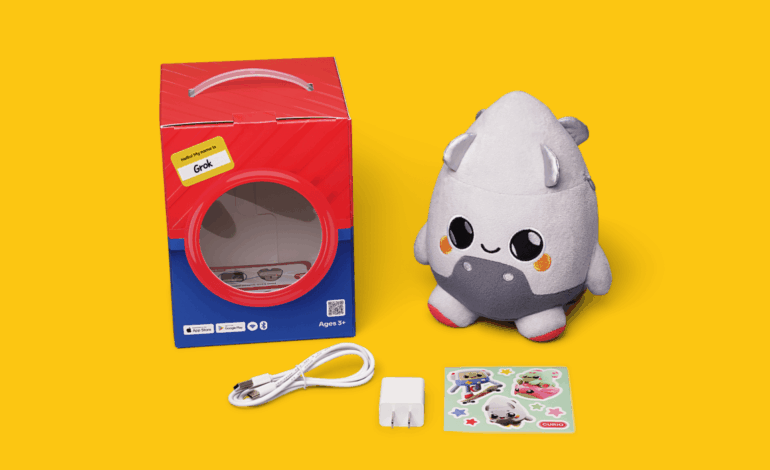AI-Powered Plush Toys Challenge Traditional Screen Time for Kids

Companies are introducing AI-powered stuffed animals as an alternative to screen time for children, sparking debate among parents and experts. These plush toys, equipped with chatbots, aim to engage kids in interactive play without the need for tablets or televisions. However, concerns have been raised about their impact on children’s development and the nature of their interactions.
One notable example is the stuffed animal named Grem, produced by the startup Curio. In a demonstration reported by Amanda Hess in The New York Times, Grem attempted to bond with her during a conversation. Hess’s experience led her to conclude that Grem was not merely an upgraded toy but rather a potential substitute for parental interaction. She expressed her reservations, stating, “I would not be introducing Grem to my own children.”
Hess’s critique extends to the broader implications of these talking toys. While they may divert children from screens, she argues that they may also convey the message that “the natural endpoint for [children’s] curiosity lies inside their phones.” This perspective raises questions about how AI companions may shape children’s understanding of relationships and communication.
Despite her initial hesitations, Hess allowed her children to interact with Grem after removing the device’s voice box to limit its capabilities. The children engaged in imaginative play, creating games and conversations with the plush toy. Ultimately, they transitioned to watching television, highlighting the ongoing challenge of balancing screen time with interactive play.
The emergence of AI-driven toys reflects a growing trend in the toy industry, where technology increasingly intertwines with traditional play. Proponents argue that these toys can encourage creativity and conversation while providing a sense of companionship for children. However, critics caution that they could diminish meaningful interactions with parents and caregivers.
As the market for AI toys expands, parents are faced with the task of navigating this new landscape. The decision to integrate such toys into children’s lives involves weighing potential benefits against the risks of reduced human interaction. The conversation surrounding AI-powered plushies like Grem underscores a significant cultural shift in how children engage with technology and the implications for their development.
In a world where technology plays an ever-increasing role, the balance between nurturing curiosity and promoting healthy social interactions remains critical. As more families consider AI companions for their children, ongoing discussions will be essential to understand their long-term effects on childhood experiences.






